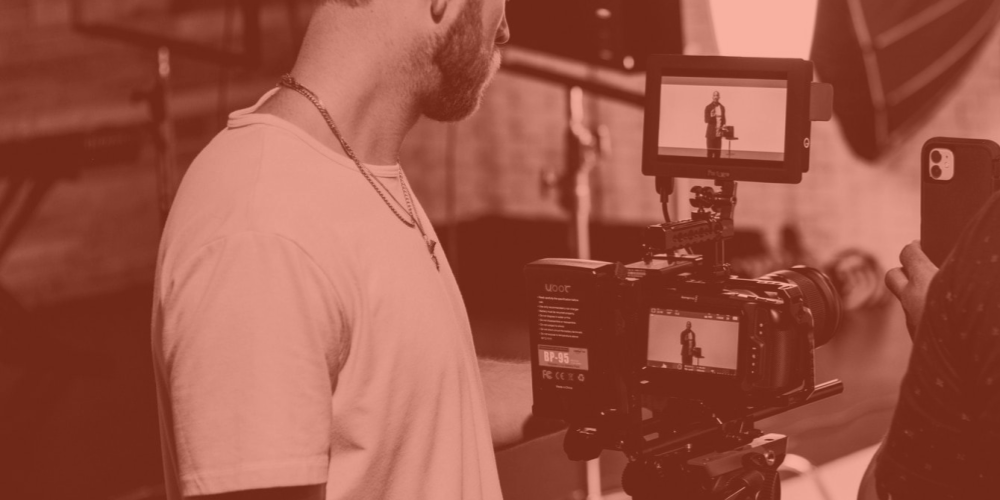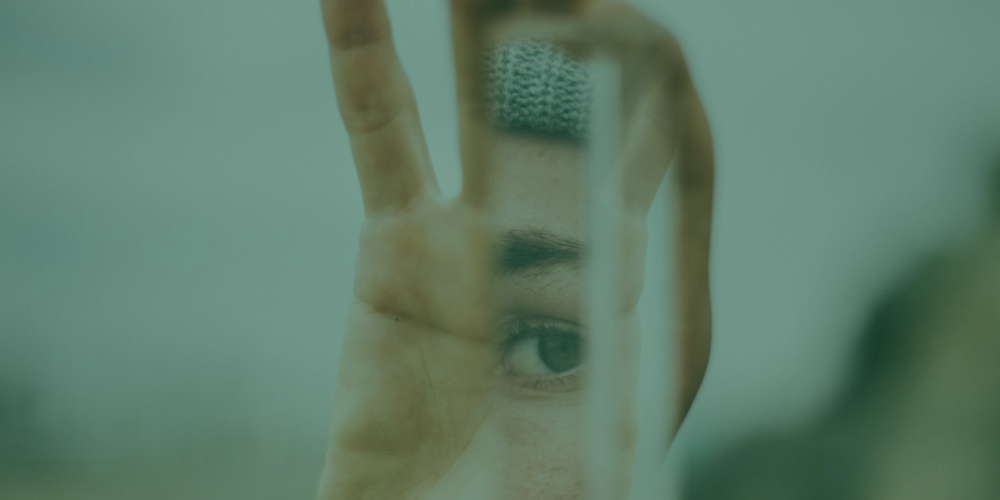
What is a Director of Photography?
In any film production, the director of photography is an integral part of bringing the vision or narrative to life. They are responsible for how the film looks. Specifically, they focus on the camera and what is captured. This role also goes by the name cinematographer or DP.
What is a Director of Photography?
The director of photography focuses primarily on how the storytelling comes to life through imaging. The camera is central to the DP’s focus (pun intended). They bring the vision to life through decisions on key aspects of what the camera can capture. Think of composition, framing, movement, filters, lighting, lenses and more. Their medium contributes to that magical feeling you get when watching a movie. Directors and cinematographers typically have a close working relationship. They may even partner together over multiple films.
What is a Director of Photography responsible for?
- Planning the look and feel of the film: During pre-production, the DP works with the director and art department to brainstorm how the visual language of the film will come to life. They will focus on the color palette, the mood or tone, visual effects, and even references to past films. The planning can typically culminate into a lookbook or mood board.
- Selecting the camera equipment: Needing the tools to create the vision is essential to the role. Once the director of photography knows how the film will look they can plan the equipment needed to do the work. The DP will provide a list of equipment to the line producer to rent or buy. This will include cameras, lenses, filters and film if needed.
- Build a team: The director of photography has established relationships with camera professionals. They will assemble the team needed for the film, which can include a camera operator, 1st and 2nd assistant, the gaffer and key grip to name a few.
- Compose shots on set: During the production of a film, the director of photography will compose the shots. This will include deciding how to shoot a particular scene; directing camera and lighting crews on framing, exposure, lensing, movements and more. They will also review footage from the day, called dailies.
- Color grade: After the film has been captured, in the post-production phase, the DP will direct the colorist on how the film should appear and the tones it should take on.
3 skills you need to become a Director of Photography
- Technical knowledge of lighting and photography: First, a director of photography should know how to operate the camera, equipment and how to leverage that equipment to achieve the vision. They must know what each camera type does and its limitations. Understanding of lenses, their effects and best use cases is also important as well as exposure, frame rate and more. The more thorough in their knowledge, the better it will be to translate the storytelling to the screen.
- Experience in cinematic styles and references: Knowing references, styles, compositions throughout history is also important for DPs to hone. This type of stylistic knowledge helps to ground the narrative in its genre. It also helps to understand the world in which they are building and ways they can break free of any tropes.
- Communication skills: The director of photography must be able to communicate their vision to their team. Without clear articulation of vision and ways to achieve the look, the film risks not bringing the vision to life. It also can result in long and costly productions.
Learn more
Are you looking for clarity to navigate your creative career? Sign up for our newsletter for more tips to build your craft.



